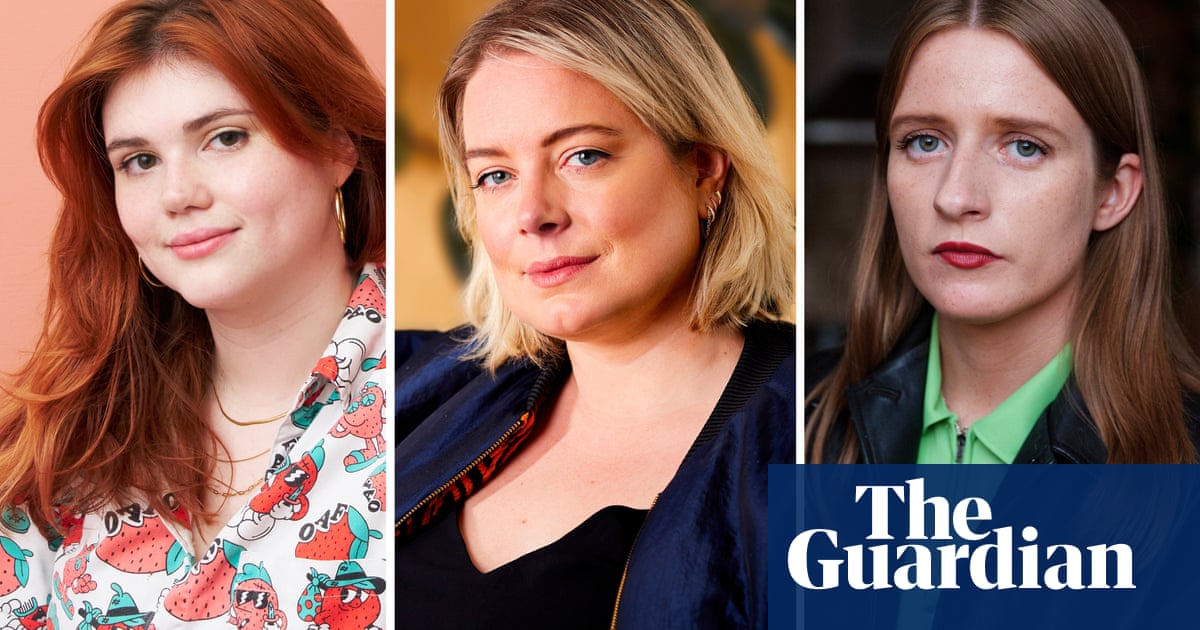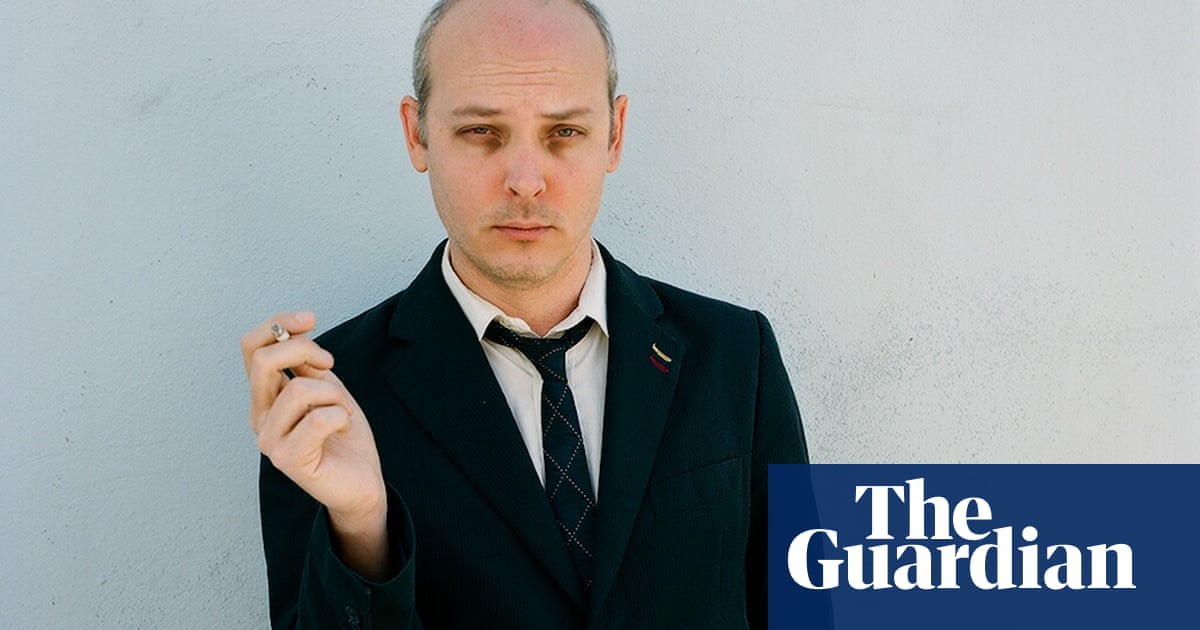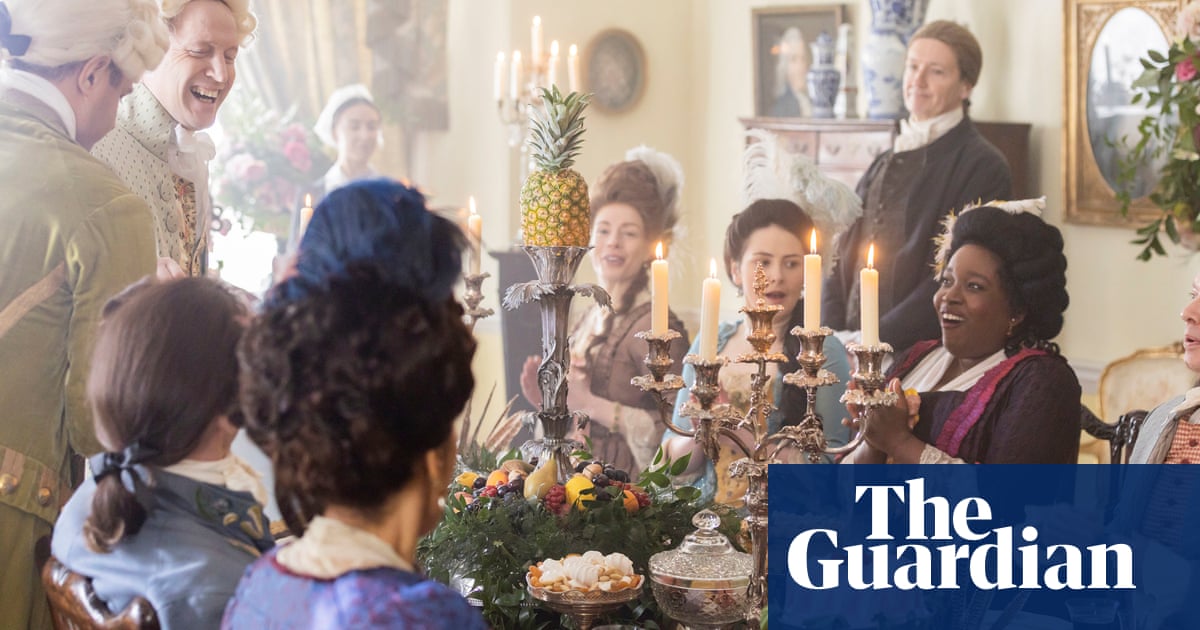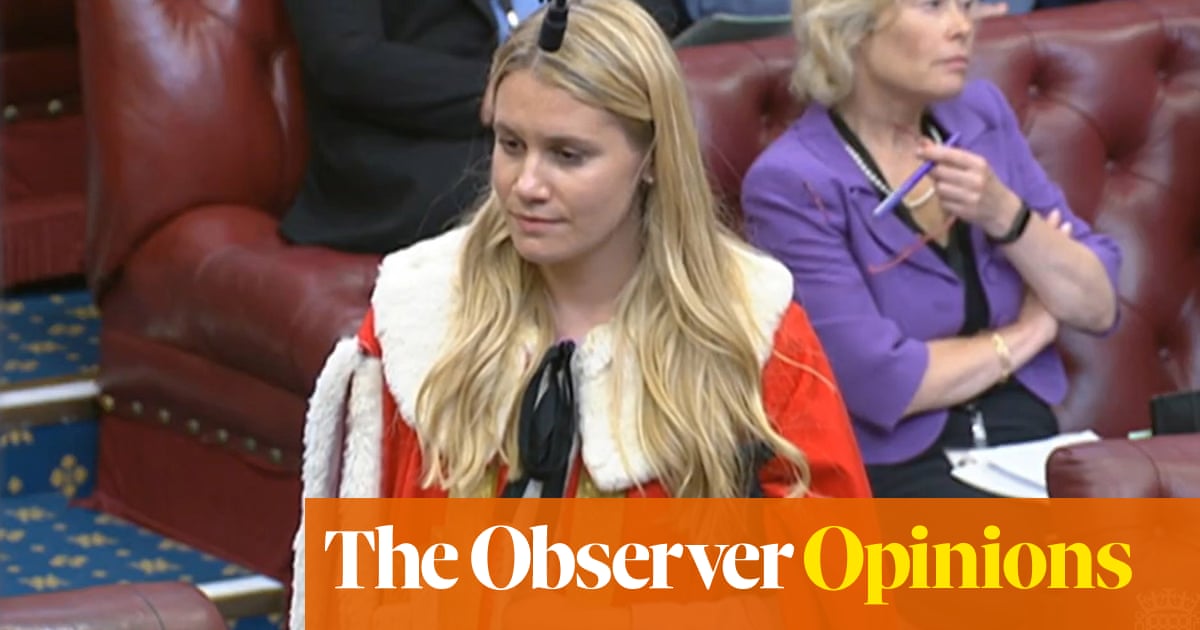
You’ve probably come across this woman: she is unfulfilled in her career, has been abandoned by at least one man, she is aimless and lamenting the obstacles in her life (of which, in reality, there don’t appear to be many). She is not just miserable, she’s a mess; self-absorbed and full of self-loathing.
If you’ve read a book by a woman, about a woman, that has been published in the last five years, then it’s overwhelmingly likely that this woman was the protagonist. The narrative likely circled around this character’s sadness, her passive struggle to overcome it, and little else. Typically, such stories have notes of darkness but will rarely deliver the actual thing. Usually the main character (like the author) will be middle-class, if not incredibly wealthy. Almost always she will be white. The book’s cover will probably feature a devastated-looking woman with her hair covering her face or her head cradled in her hands.
What you’ll have been reading is sad girl literature – a trend in literary fiction that has come to dominate publishing in the last decade. Books in this genre focus on navel-gazing characters defined by their vulnerability and erratic behaviour. The popularity of these books is difficult to overstate: you can see it in the commercial success of Ottessa Moshfegh’s My Year of Rest and Relaxation (which Margot Robbie is reportedly adapting into a film), Coco Mellors’ Cleopatra and Frankenstein, Naoise Dolan’s Exciting Times and Meg Mason’s Sorrow and Bliss – all of which continue to feature on bestseller lists and on viral BookTok videos years after publication.
The trend is so entrenched that the comic debut from Australian author Pip Finkemeyer even carries the meta (and marketer’s dream) title Sad Girl Novel. It is about a young woman named Kim living in Berlin, trying to write her own first book. The narrative focuses on Kim’s struggle to commit to her novel as she oscillates between her best friend’s flat, her therapist’s office and her desk, where she writes languishing, desperate emails to an obsessive love interest, American literary agent Matthew. She reflects on her traumas and inadequacies, and on how she believes women like her are treated in the world today.
Despite the title and subject matter, Finkemeyer says she did not set out to write a sad girl book. But after years of reading sad girl literature, she found herself wanting to “speak back” to the trend. “I think the protagonists of this genre represent a smorgasbord of unlikability that’s really interesting,” she tells me. “Usually they’re quite privileged millennial women who don’t have a lot to lose. It’s quite relatable to see them come undone over relatively low-stakes things. I wanted to engage with the tropes of the genre. Some tropes are tropes because they’re hugely effective.”
Finkemeyer says that it’s wrong to suggest this trend is new, and cites Anna Karenina and Sylvia Plath’s The Bell Jar as early examples, both of which see “sad, mad” women “become unhinged and fall from grace”. But she also believes the present popularity of sad girl books is rooted in the desire to see women experience emotions which are “excommunicated” from daily life. “We’re not allowed to, or never supposed to, wallow in our sadness. But we do need to release those feelings,” she says.
But doesn’t the ubiquity of sad girl literature mean that’s no longer the case? “I think it’s still not completely mainstream to talk about sadness and things like it, especially in public,” Finkemeyer argues. That seems incongruous with a culture – not just in books but in TV, music and film – where the performance of sadness has reached the point of total normality. Even in Sad Girl Novel, Kim’s sadness reads as melodramatic and cliched. But, “these books are like a protest,” says Finkemeyer. “People are starting to see through late-stage capitalism, starting to see that they don’t want to work for ever and be a slave. The obstacle in these novels is the state of the world and how the characters feel about it.”
Despite reaching what feels like a saturation point, the sad girl genre shows few signs of waning. Yet in the last year, a slew of books have been published by young women about young women that show an appetite for something different. These novels take the themes of vulnerability and trauma and explore them through complicated, hyperrealistic characters who are self-possessed and far from the trope of female abjection. They include Nicole Flattery’s Nothing Special, about a teenage girl becoming a typist for Andy Warhol; Sheena Patel’s I’m a Fan, in which a woman examines her own faults in an unhealthy relationship; Rachel Connolly’s Lazy City, in which a young woman returns home after the shock death of her best friend; and Eliza Clark’s Penance, which revolves around the murder of a schoolgirl by her classmates.
“I feel like there’s a demographic who might pick up something that’s a little bit edgy but not too edgy … something kind of dark,” Clark tells me. As well as Penance, she is the author of Boy Parts, a 2020 novel about a female photographer who takes explicit pictures of young men. That book was uniquely transgressive in today’s market – even if “transgressive” is a term you’re likely to hear applied to sad girl books no matter how tame the content.
“I don’t know if there’s a little bit of coddling of people who might overreact to even slightly dark or transgressive content,” Clark says. She mentions Girl Crush by the influencer Florence Given, a Sunday Times bestseller last year that was marketed in this way, despite being fairly vanilla. “You look at the Goodreads reviews and the response will be like, ‘I’m literally screaming and crying and throwing up about this.’”
Clark suggests that the people who tend to read this supposedly dark fiction wouldn’t be comfortable with something truly sinister. She also believes the marketing reflects the fact that commissioning editors are, in her experience, mostly privately educated and wealthy.
“It’s like a well-behaved high achiever’s view of what messiness is,” she says. “The things that are zoomed in on as ‘bad behaviour’ are just like, drinking and maybe doing a drug one time.” She laughs: “It’s treated as this huge, ‘Oh my God, her life is falling to bits’ moment, and like, is it?”
Rachel Connolly believes publishers look for books that are flattering to the reader. “The idea that the character is more dysfunctional than the reader can seem appealing,” she says. Her novel feels ripe for miscategorisation as sad girl lit. Her protagonist Erin is a master’s student back at her home in Belfast; her life has stalled and she is dealing with fresh grief while working small jobs and getting drunk. Yet Erin is headstrong and confident; her first-person voice is unquestioningly clear.
Though Connolly didn’t intentionally set Erin apart from the usual vulnerable-woman trope, it occurred to her afterwards that Erin doesn’t adhere to the trauma response we typically see in novels today. “Because of the way her life is, she isn’t really in a position to wallow in bed all day and totally blow her life up,” Connolly explains. “She can’t have a big crazy moment in front of her boss, the woman she works as an au pair for, because she needs the work and she needs a place to stay. She’s more concerned with keeping a sense of normality and trying to get some sense of agency back.”
Connolly has has concerns about the ways books in the sad girl genre portray women. “I’m wary of defining the experience of being a woman through some idea of a shared sense of vulnerability,” she says. “Any trend which renders us as inherently passive is going to be very dubious to me.”
“There’s this interesting thing that pops up in stuff like Fleabag or Promising Young Woman: the protagonist being adjacent to trauma,” says Clark. “[These works] don’t really want to explore and unpack something, but then instead they almost claim a general female trauma, which I think is a bit limp. It’s this feeling of, ‘Oh it happened to my friend, so in a way it happened to me.’ But it’s like, ‘Well it didn’t though, did it?’ A lot of works are threatening to go to a place they never actually go. And I would imagine that could be frustrating for readers.”
Finkemeyer also admits that this genre she loves has some faults. “It’s maybe less than ideal that we’re reading characters that are carbon copies of each other,” she says. “There is something problematic about millennial privileged women reading about millennial privileged women who are writing books about millennial privileged women. It becomes a snake eating its tail.”
“But there is a universality to these characters’ experience,” she says. “They will continue on.”
Sad Girl Novel by Pip Finkemeyer is published on 10 August by Hodder (£18.99). Lazy City by Rachel Connolly is published on 24 August by Canongate. Penance by Eliza Clark is out now (Faber). To support the Guardian and Observer order at guardianbookshop.com. Delivery charges may apply












